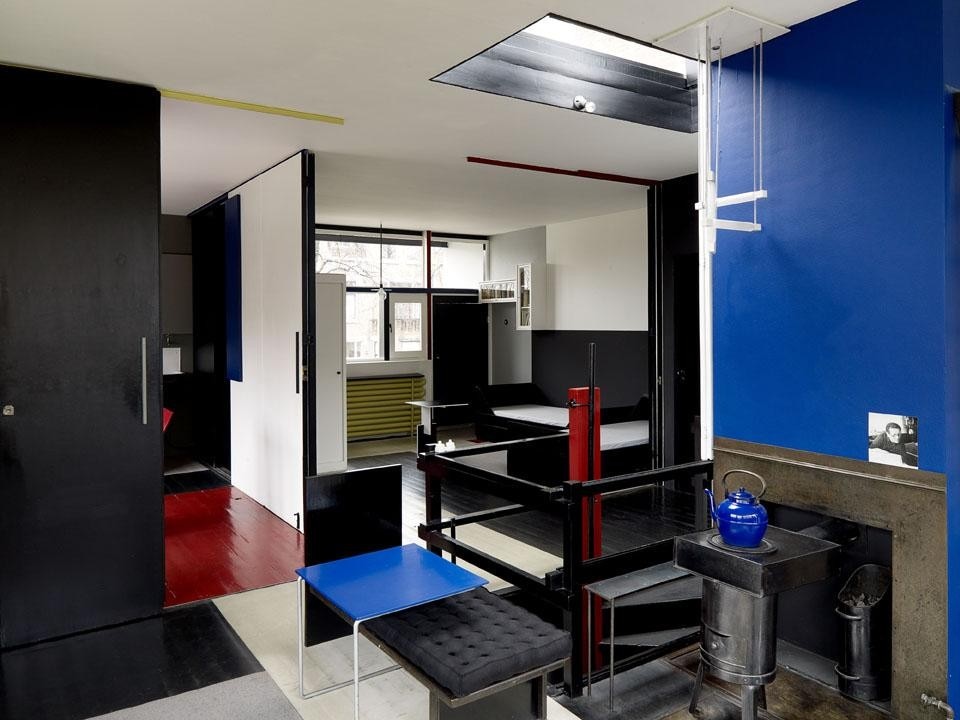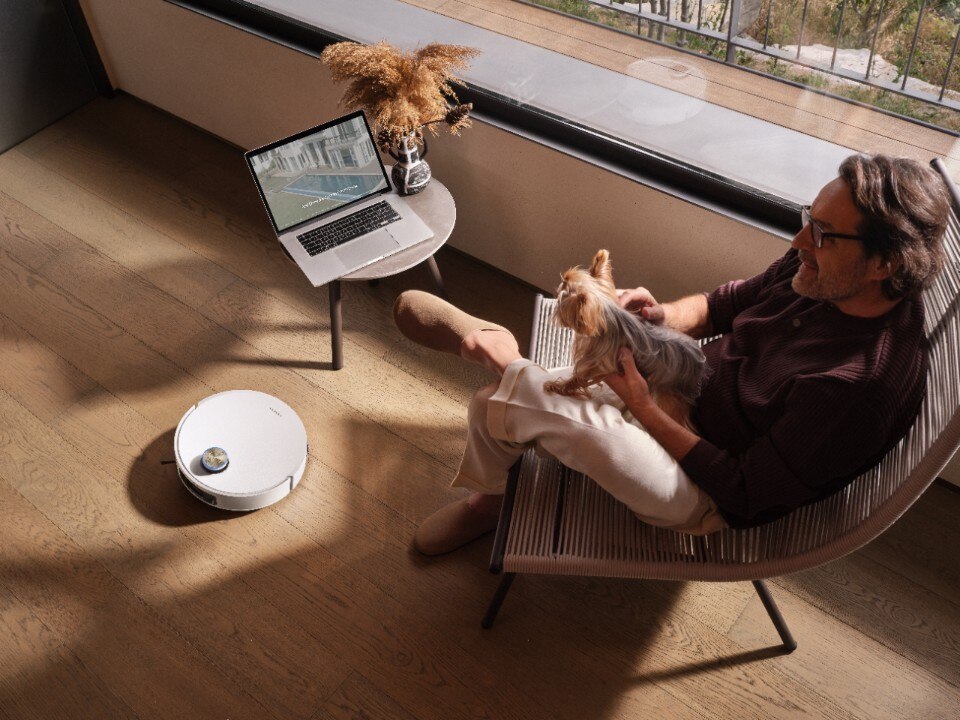The first impression provided by Rietveld's Universe is one of rediscovery. It is presumed, in fact, that at least those of us "in the trade" have a clear idea of the breadth of his work, the importance and influence it had throughout the 20th century. However, for some strange reason, as soon as the eye strays from his work as a whole the horizon becomes blurred and the only images that remain clear are the inevitable Schröder House and an unforgettable series of furniture. This exhibition instead has the immediate merit of restoring to enthusiasts (and the general public) the breadth and depth of Rietveld's oeuvre and legacy. The exhibition sequence brings us into contact both with the complete series of his projects and his research and with the great and original energy that he put into tackling the great issues at the core of modernism.
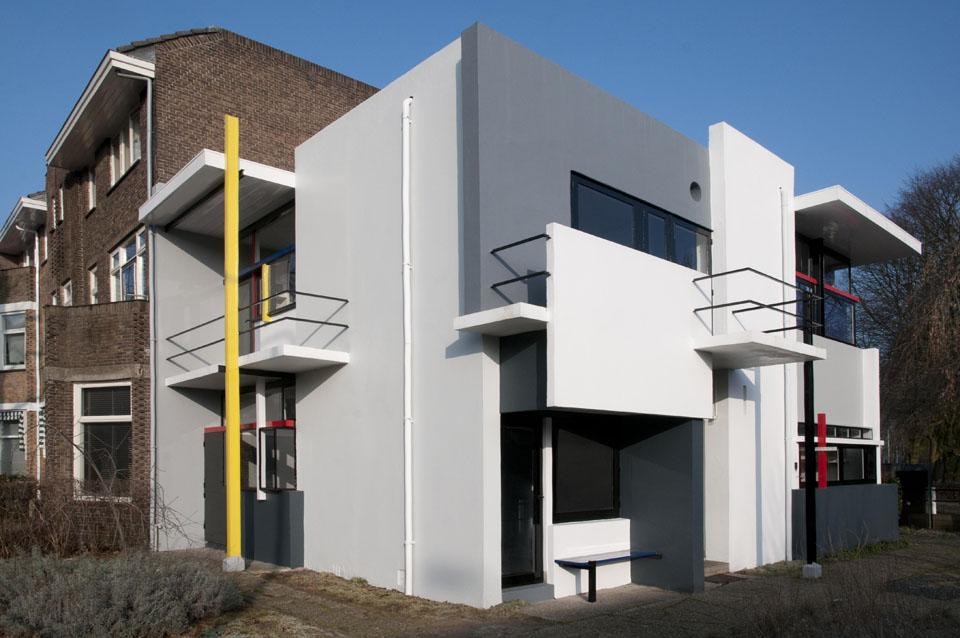
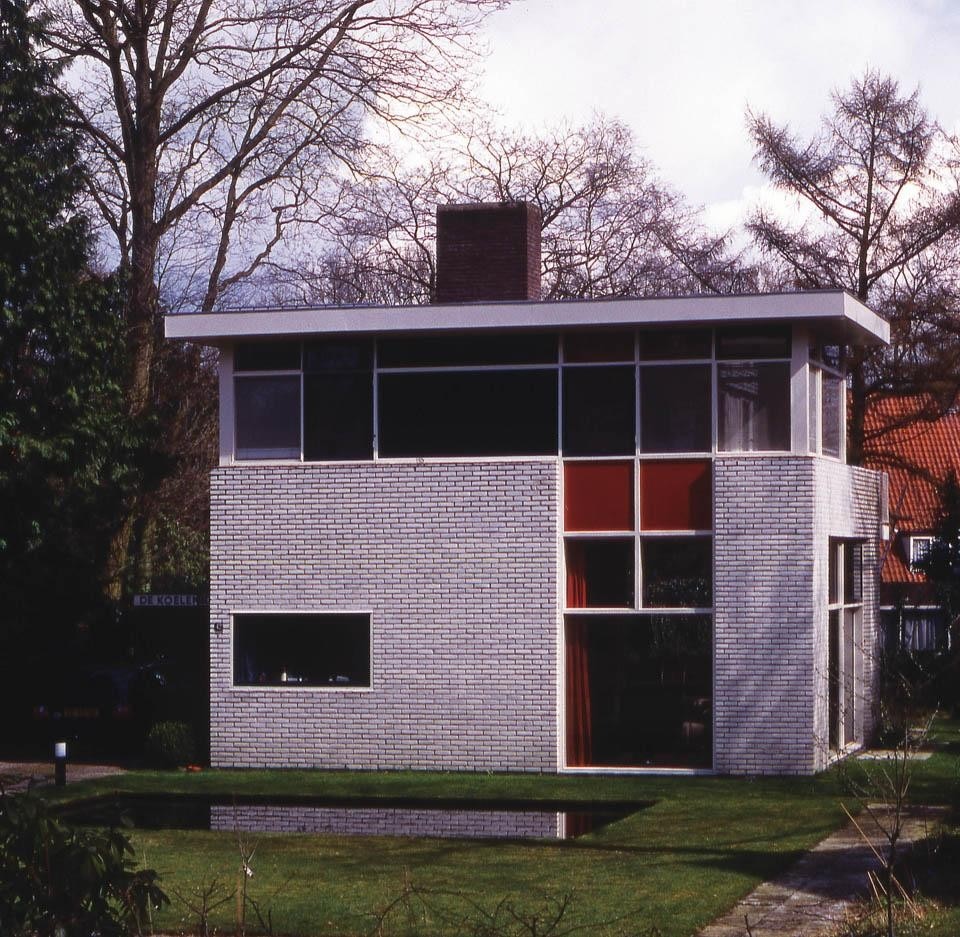
The currency of Rietveld's non-formalised manifesto immediately comes to our aid: simplicity of elements, process vs. style, assembly vs. composition, recognisability of the original elements at the end of the assembly process.
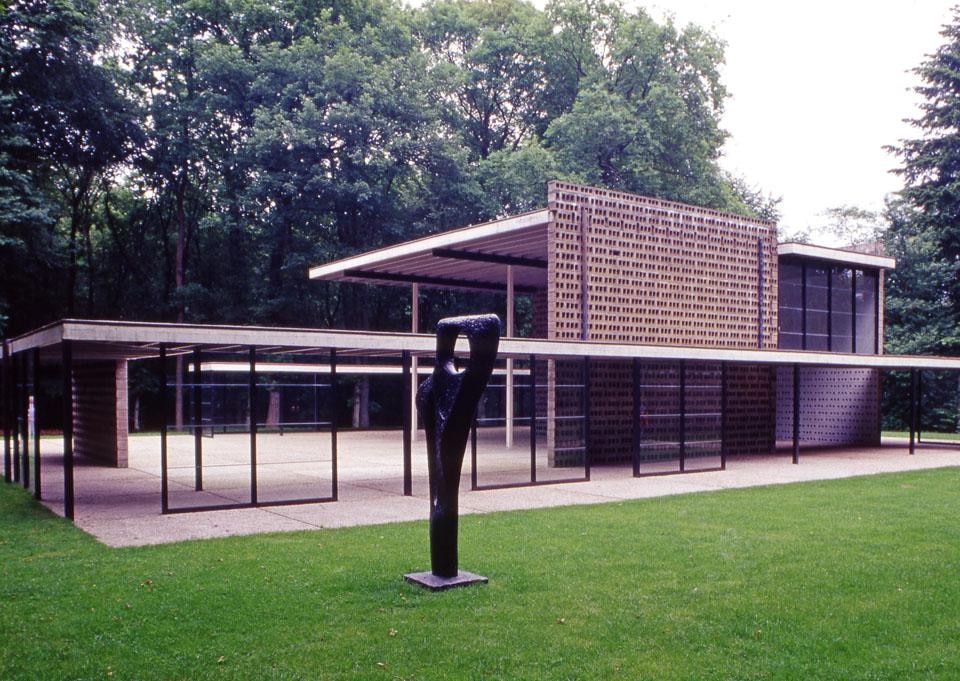
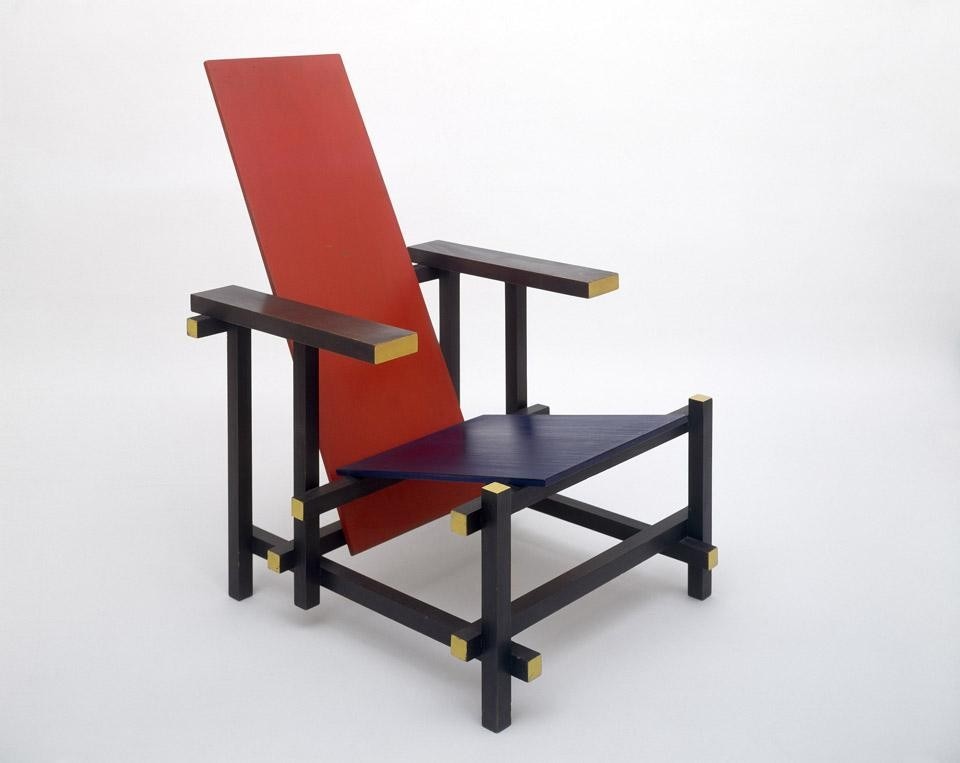
14 April–10 July 2011
Universo Rietveld
curated by Maristella Casciato, Domitilla Dardi and Ida van Zijl
produced with the Central Museum of Utrecht and NAi Rotterdam
with the support of the Dutch Embassy in Rome
MAXXI, Rome
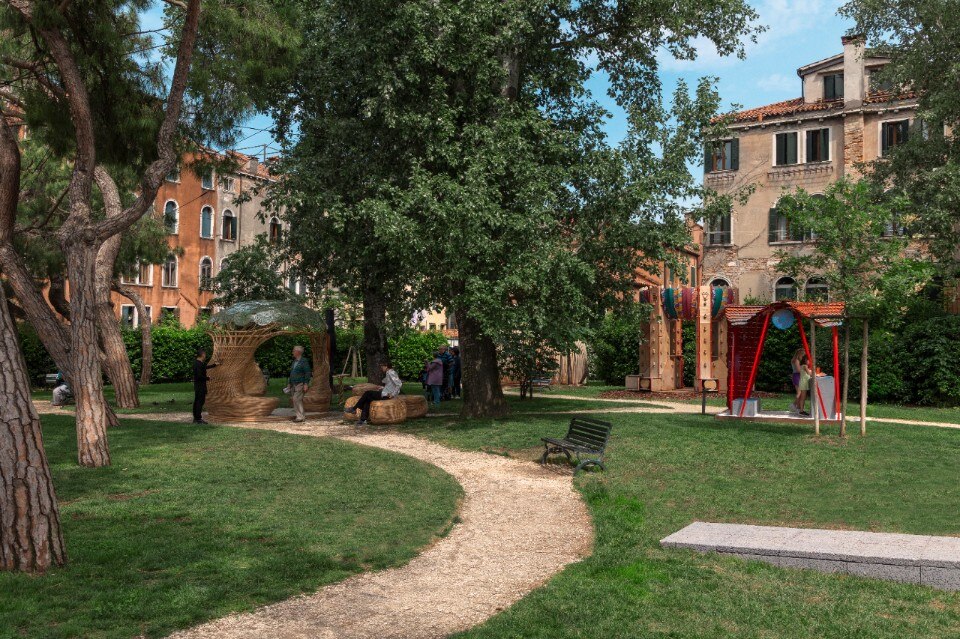
Time Space Existence: the Future of Architecture In Venice
Until November 23, 2025, Venice is the global hub for architectural discussion with "Time Space Existence." This biennial exhibition, spearheaded by the European Cultural Centre, features projects from 52 countries, all focused on "Repairing, Regenerating, and Reusing" for a more sustainable future.


